SUMMARY
This is AI generated summarization, which may have errors. For context, always refer to the full article.
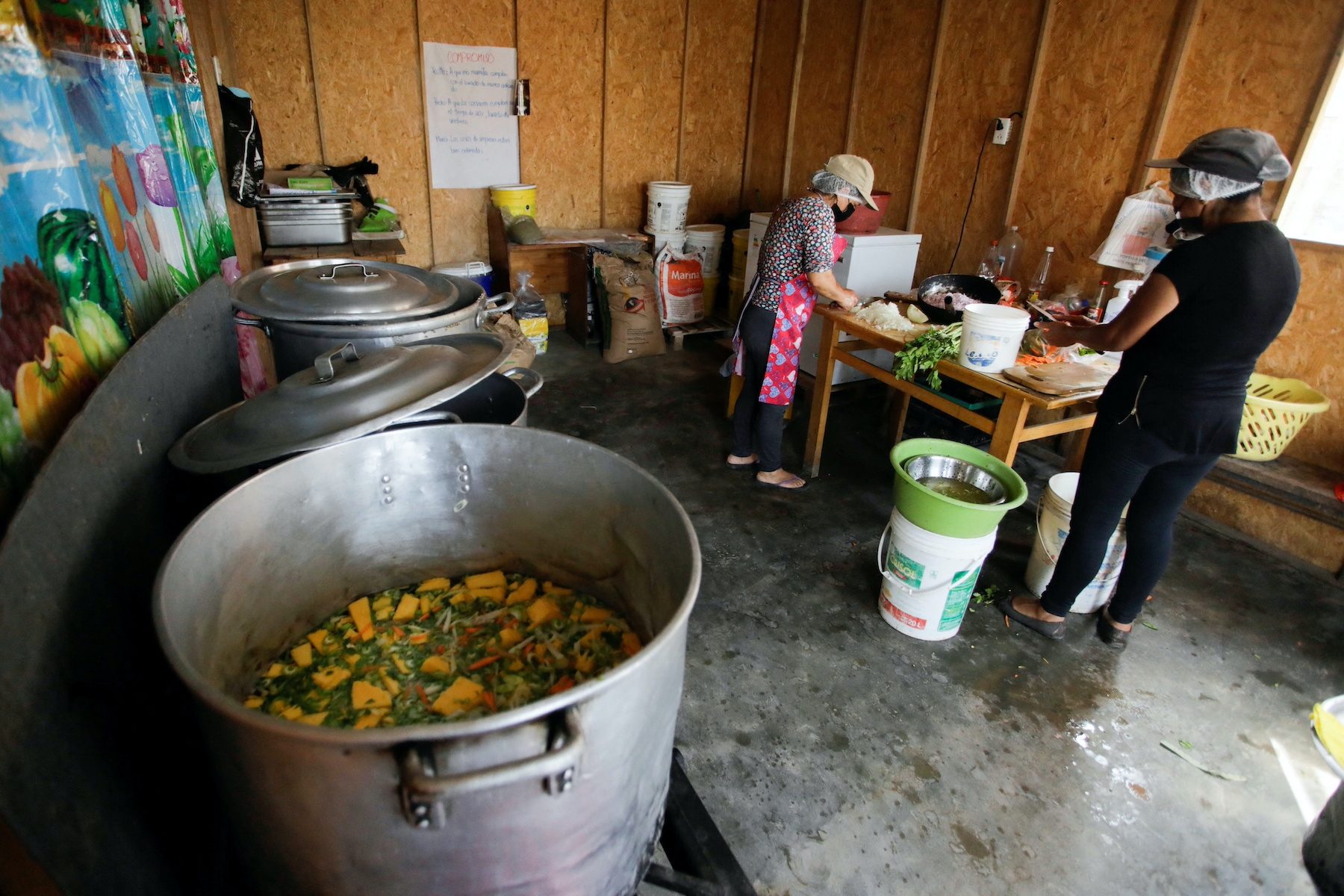
LIMA, Peru – In the hilly slums of Peruvian capital Lima, soup kitchens struggle to feed some of the Andean nation’s poorest and most vulnerable residents, cutting proteins and loading up on carbohydrates, as food prices soar.
“The rise in prices is huge,” said Jenifer Mondalgo, president of the soup kitchen association in the Pamplona Alta slum. “The chicken that we used to buy…is now inaccessible. For us as soup kitchens, chicken has ceased to exist.”
Mondalgo said they have resorted to pleading at the market for free bones, skins, or other remnants so that they can serve at least some animal protein.
For years, soup kitchens offered lunch at 1 sol (27 cents), but now community leaders have been forced to charge 1.5 soles.
As much of the world deals with high inflation triggered by the Ukraine crisis, the stakes are highest in the global South, where the poor have always scrounged for a living and could go hungry any day.
The war has also caused a global crunch in fertilizer supplies, which directly affects food costs.
In Pamplona Alta, residents foraged for food in the trash. Lima’s slums have long been a first stop for Peruvians moving from the Andes into the city in search of better opportunities.
Peru’s inflation is at its highest in a quarter of a century, with price hikes disproportionately affecting food. The soaring prices have already triggered nationwide protests that have left the government scrambling to find ways to cut costs.
Peruvian President Pedro Castillo vowed to lower prices by waiving the sales tax on food staples, a bill that Congress passed late on Tuesday, April 12, after a lengthy debate on what foods count as essential.
Peru has also raised the minimum wage by 10% to 1,025 soles and offered vouchers to subsidize cooking gas for the most vulnerable.
“Things like vegetables and potatoes used to be cheap. Now they are super expensive,” said Elena Rodriguez, a Pamplona Alta resident. “I don’t know what to do anymore.”
On Monday, April 11, a soup kitchen in Pamplona Alta served rice with lentils, as well as an increasingly rare dish: chicken soup, thanks to a donation of bones at the market earlier in the day.
Vegetable oil has surged 50% in the past year, according to Peru’s national statistics agency. That has forced poor Peruvians to find ways to make do, such as collecting leftover pork fat to use in other dishes.
“If soup kitchens ceased to exist, our lives would be terrible,” said Maria Sanchez, who spends almost 200 soles a month on her local soup kitchen to feed lunch to her family of six.
“We wouldn’t know what to buy because everything is so expensive at the market.” – Rappler.com
$1 = 3.7081 soles
Add a comment
How does this make you feel?
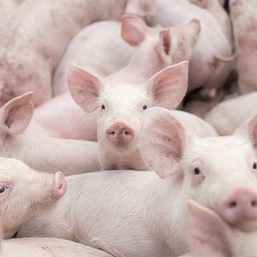
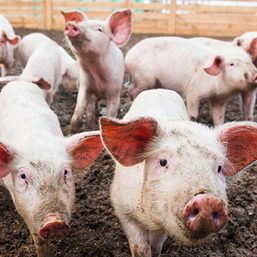
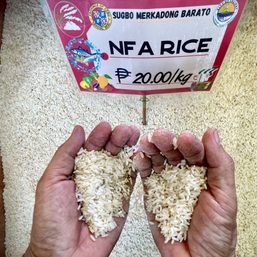
![[ANALYSIS] A post mortem on the rice price ceiling](https://www.rappler.com/tachyon/2023/10/tl-riceceiling.jpg?resize=257%2C257&crop=245px%2C0px%2C720px%2C720px)
![[EDITORIAL] Talagang ‘ibang usapin ang bigas’](https://www.rappler.com/tachyon/2023/10/animated-rice-inflation-bbm-carousel.jpg?resize=257%2C257&crop_strategy=attention)
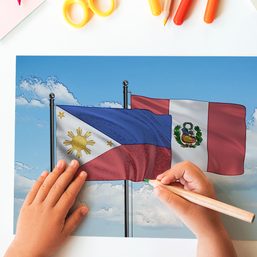
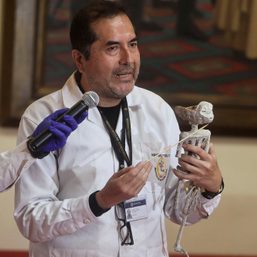


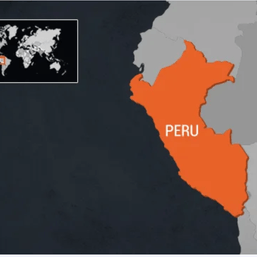
There are no comments yet. Add your comment to start the conversation.